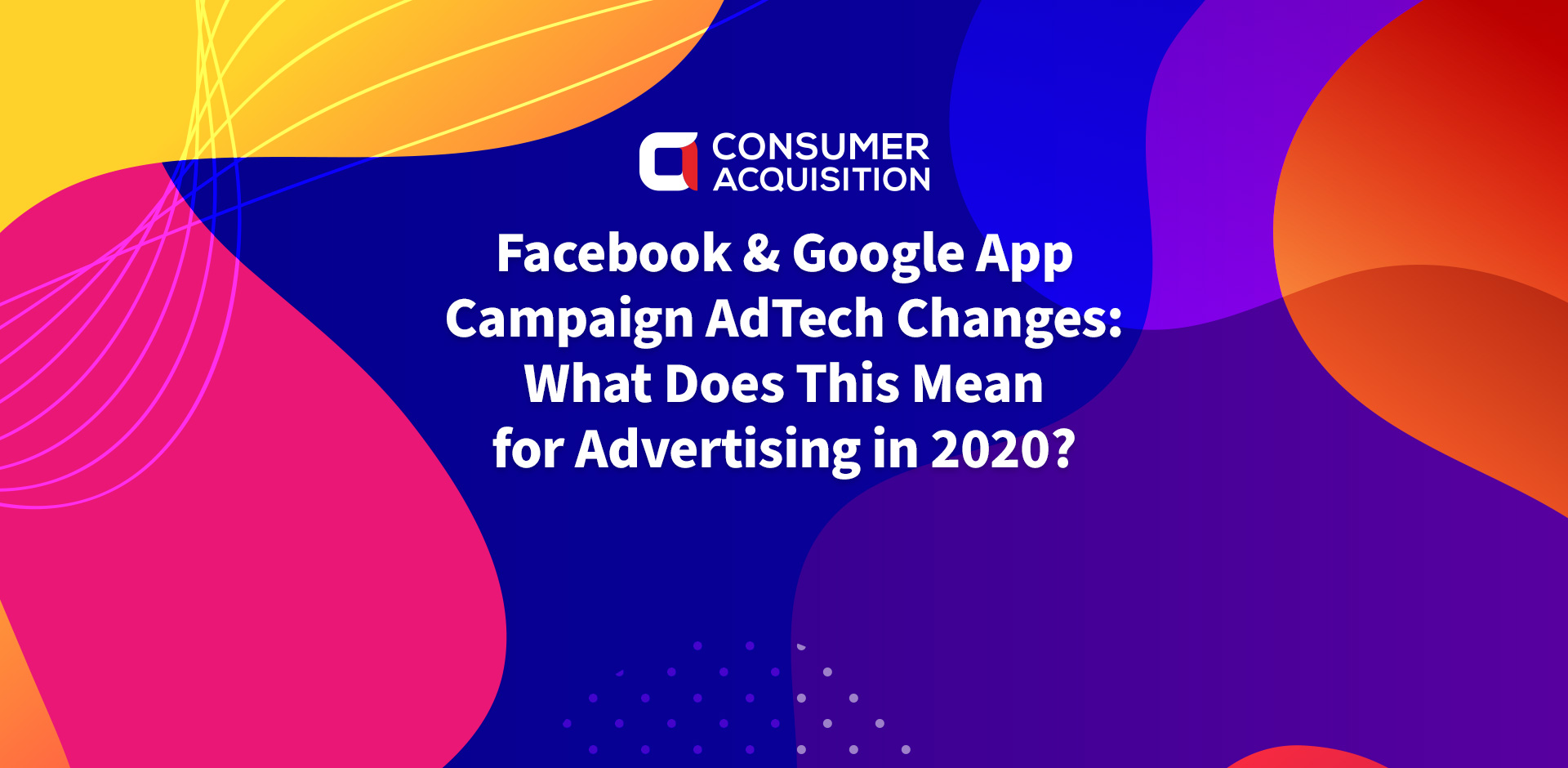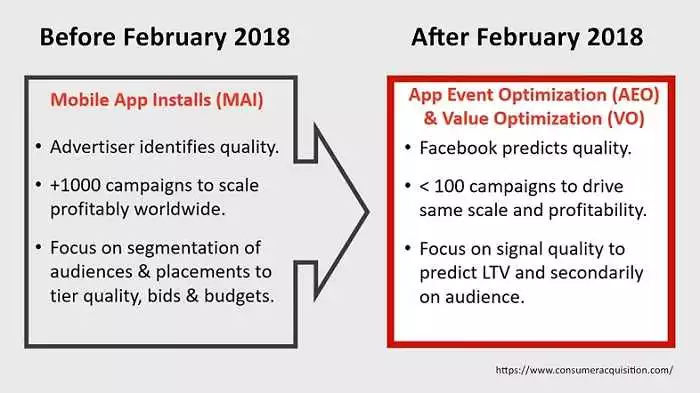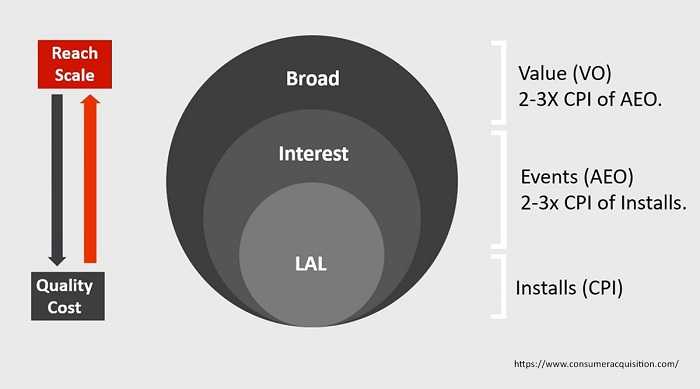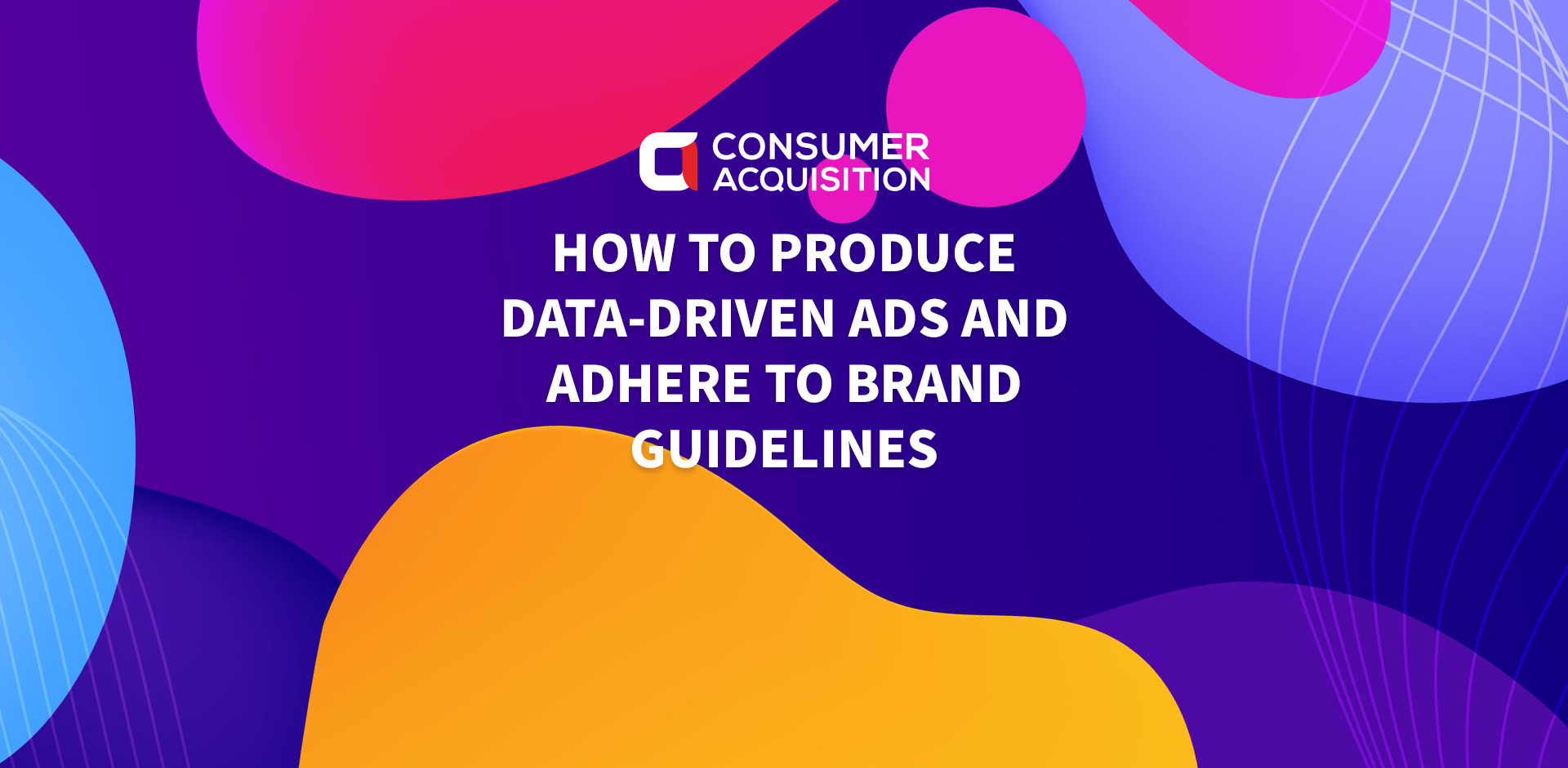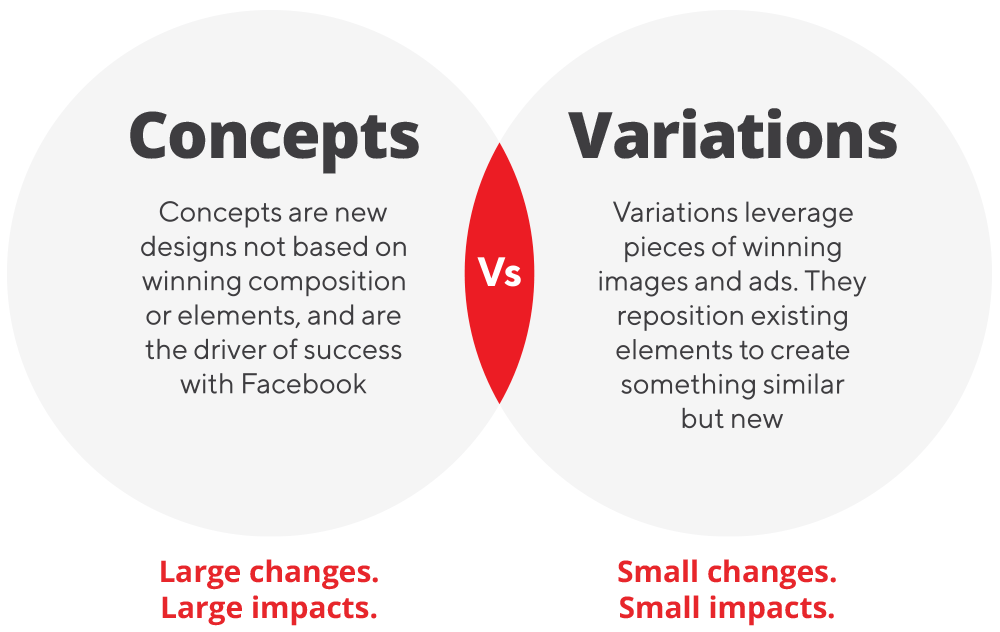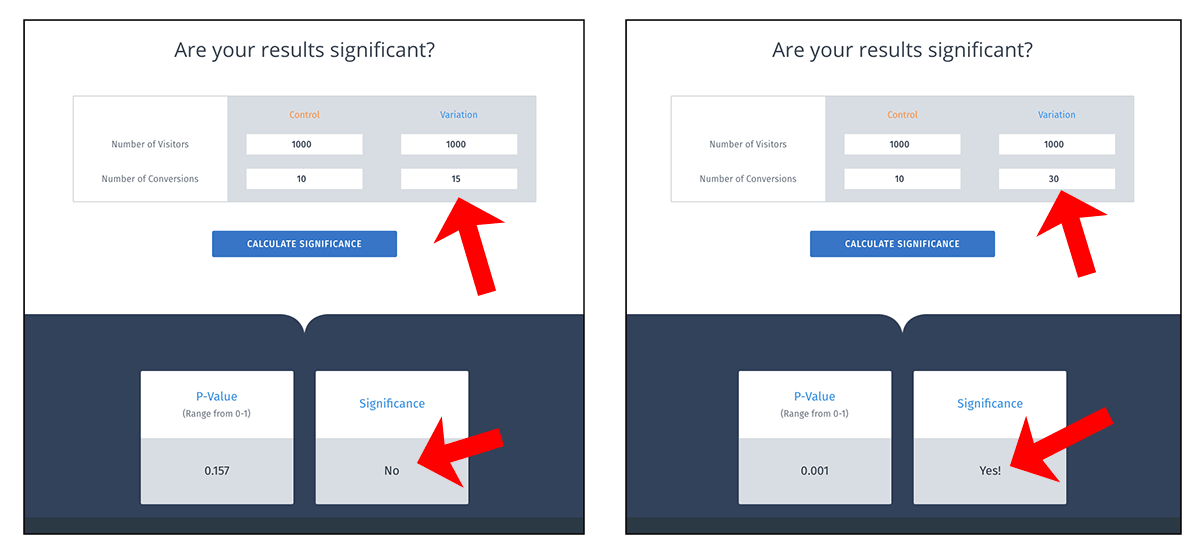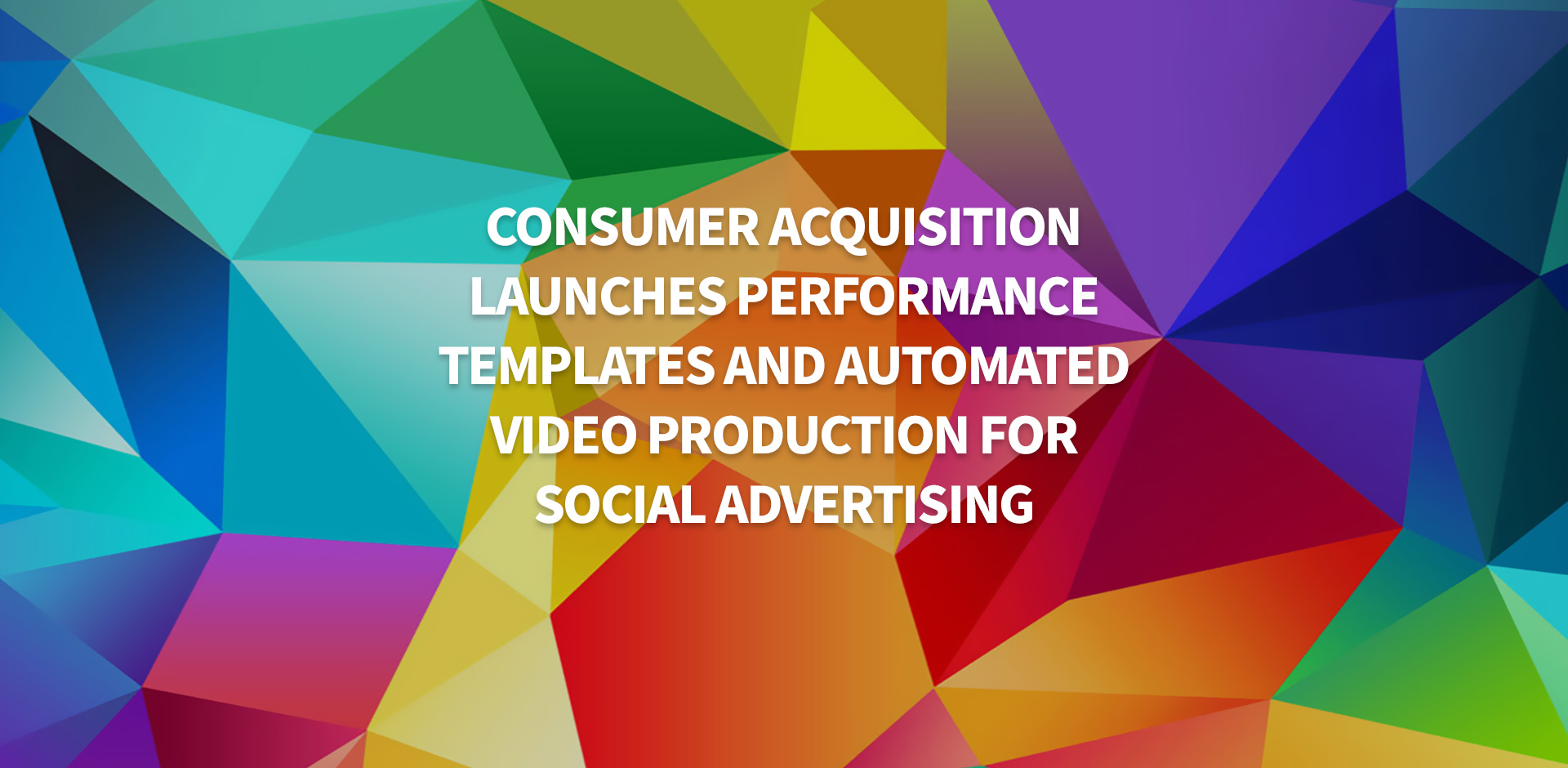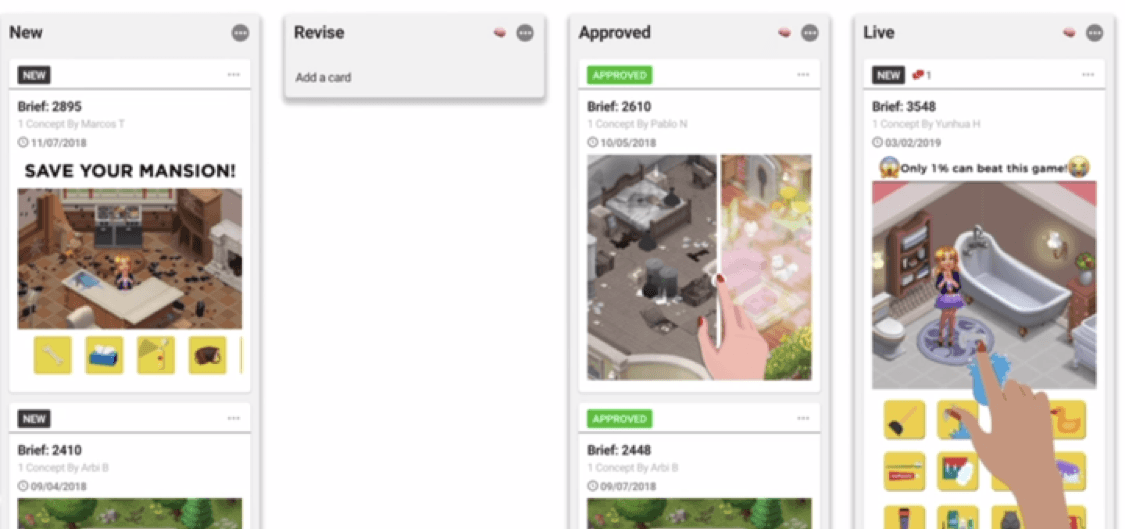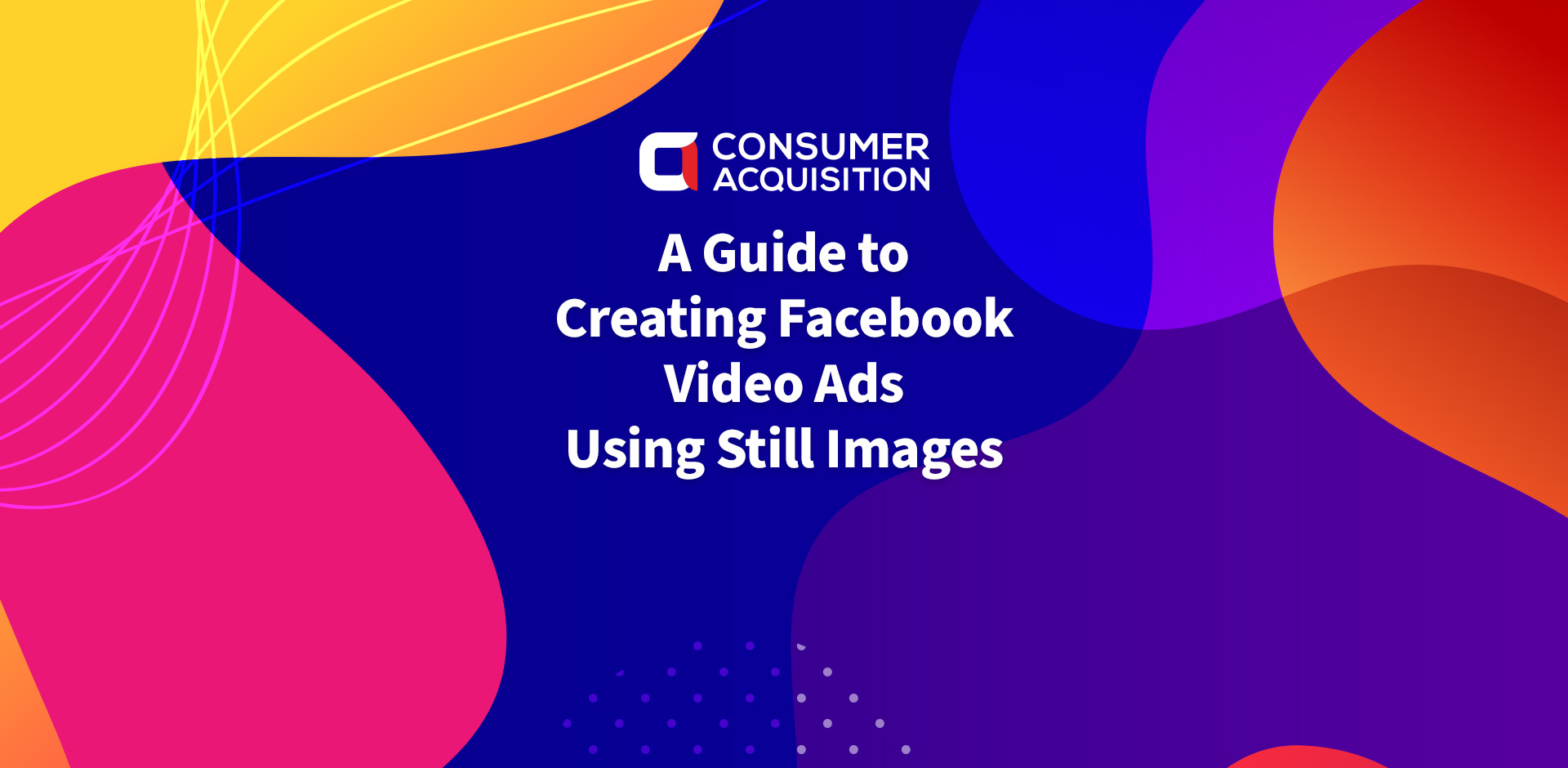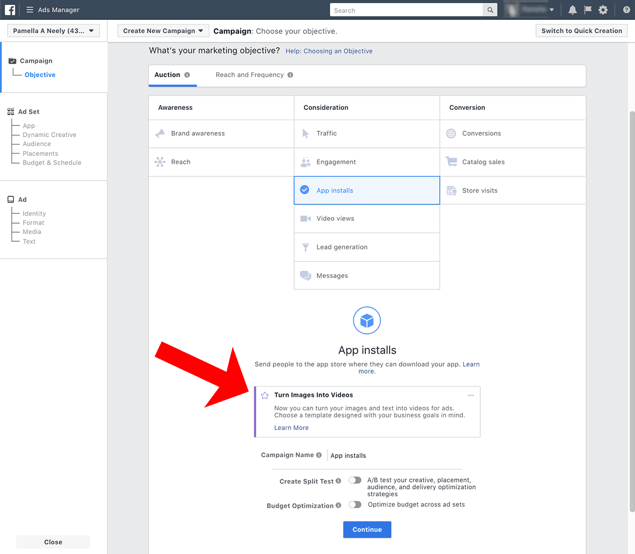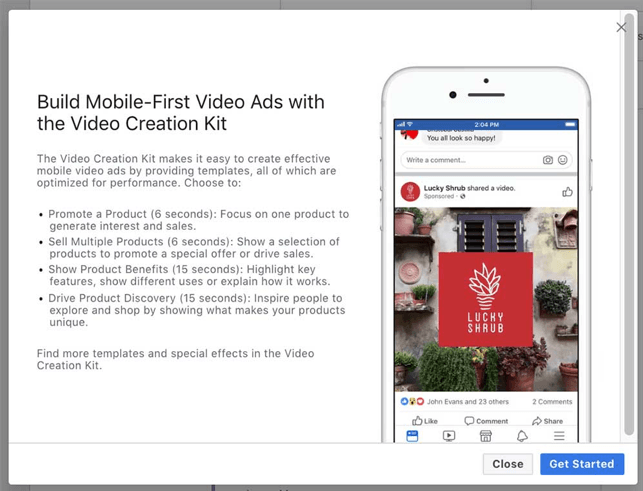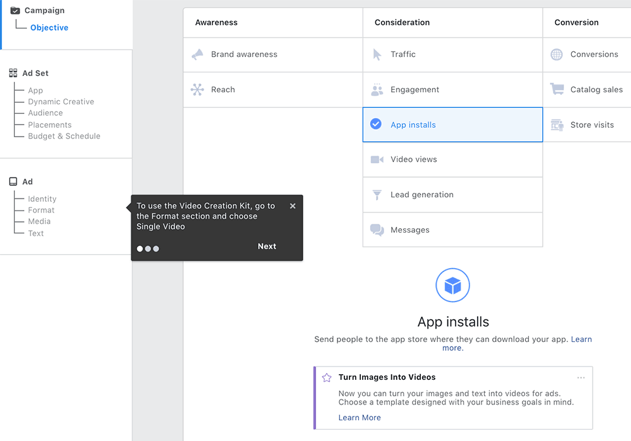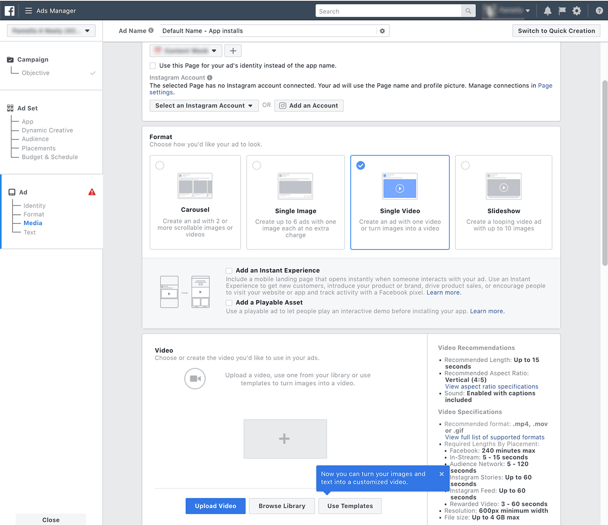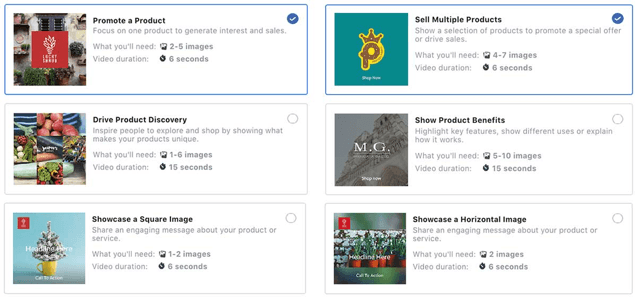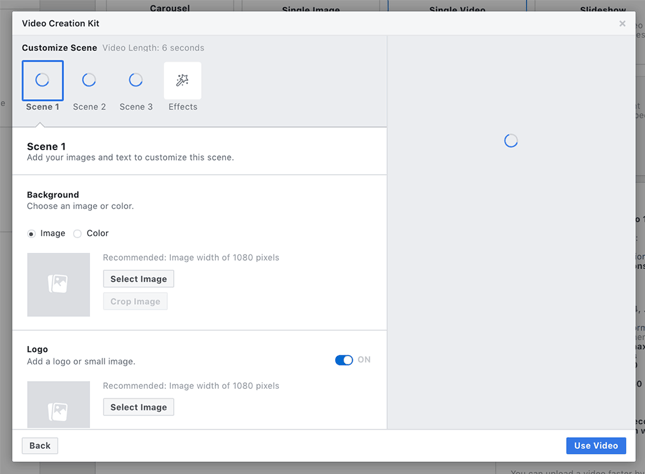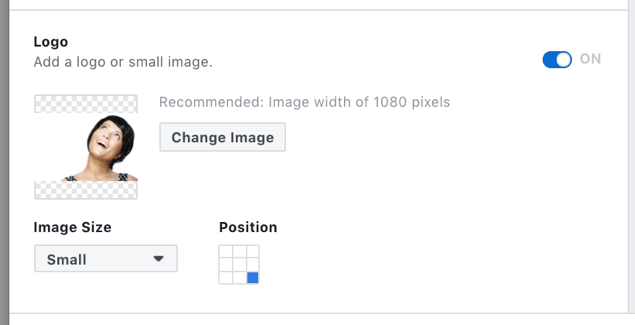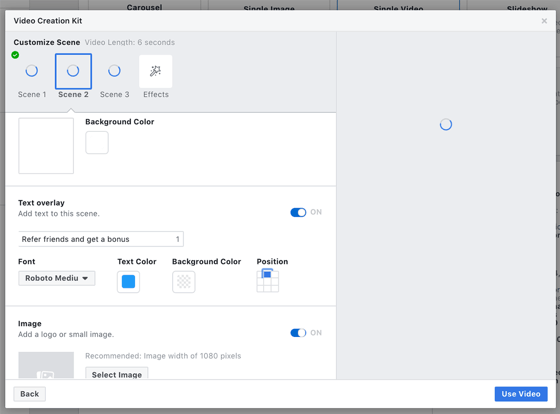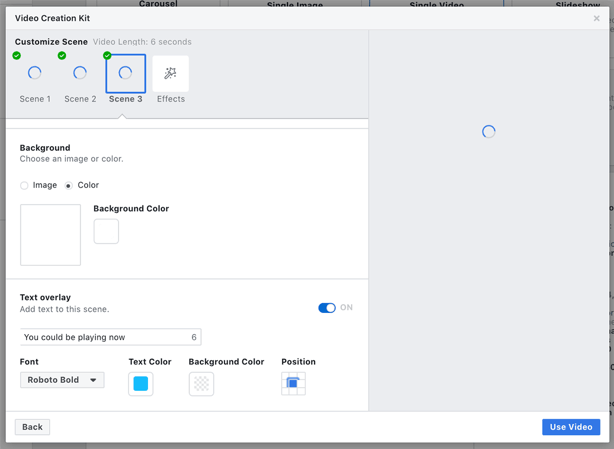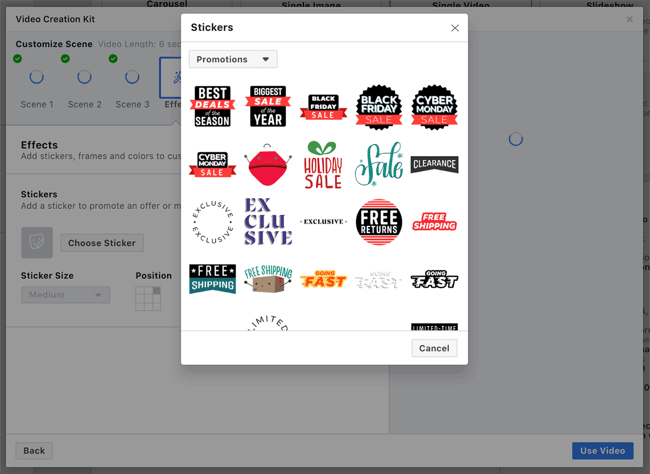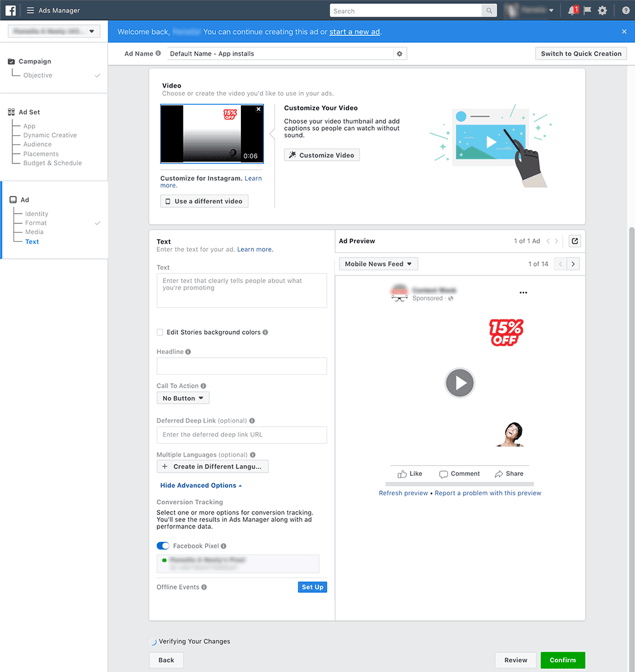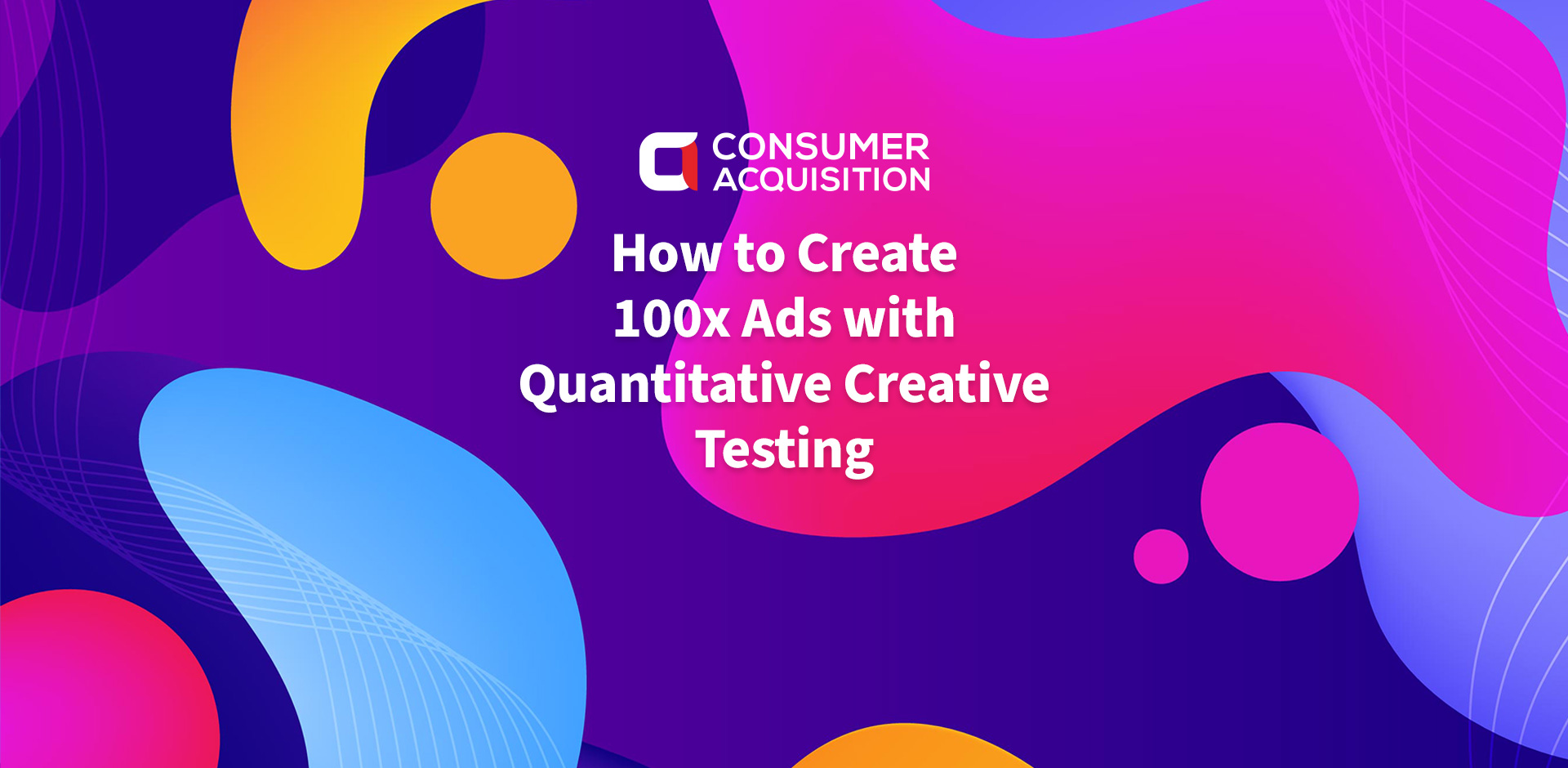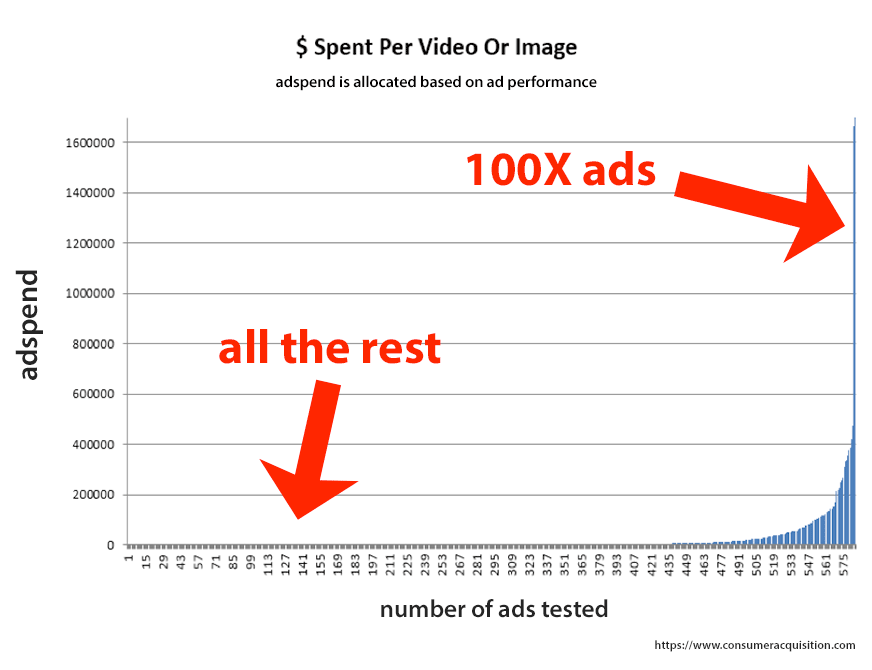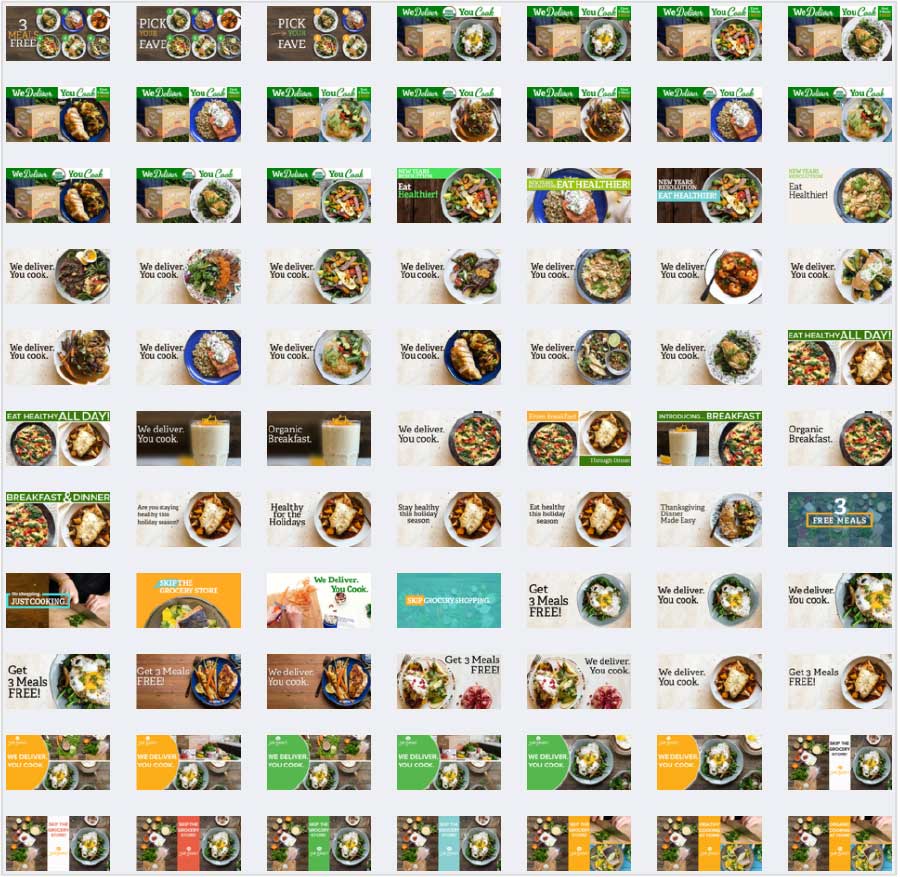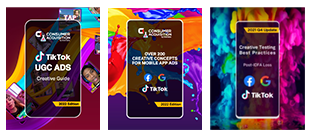In the past year, Facebook and Google App Campaign optimization algorithms have drastically improved, creating a level playing field for social advertisers of all sizes. Advantages that were once held by third-party SaaS providers have diminished, with media buying and bidding becoming much easier and faster with these improved native tools. This being said, Facebook and Google’s algorithm improvements may eventually kill third-party adtech. How can advertisers take advantage of these adtech changes moving forward in 2019?
Facebook & Google App Campaign Adtech Changes
Ready for an algorithm to do your job? Ready or not, it’s already begun.
At the end of 2017, Google moved the all-new app install campaigns to Google App Campaigns. About a month after that, they turned off any Search, Display, and YouTube app promo campaigns that were running. All mobile app install campaigns on Google must now be run through Google App Campaigns, which allows Google’s algorithm to manage most of the functions in your campaigns.
Here’s how Google describes the new AC:
“As an app advertiser, you want to get your app into the hands of more paying users. So, how do you connect with those people? Google App campaigns streamline the process for you, making it easy to promote your apps across Google’s largest properties including Search, Google Play, YouTube, and the Google Display Network. Just add a few lines of text, a bid, some assets, and the rest is optimized to help your users find you.”
Facebook followed suit quickly after. At the beginning of 2018, they rolled out an update, which included new best practices. While Facebook’s changes weren’t as forced as Google’s, they still influenced results.
Then, on February 19, 2018, Facebook’s algorithm significantly changed how mobile app installs and lead generation campaigns are managed. Advertisers handed over quite a bit of social advertising control to these algorithms. This gives us, advertisers, the freedom to focus on things like ad creative and audience expansion.
The Advantages of Algorithm Control
Luckily, giving algorithms this much control has a couple of upsides.
1. Since many responsibilities of the user acquisition manager have moved over to algorithms, this creates an opportunity for less-experienced advertisers to get results comparable to their more advanced peers. This means more advertisers, with a wide range of experience, can still profitably use the platforms.
2. Advertising platform algorithms have become increasingly sophisticated, so many third-party advertising tools are no longer needed, hence the adtech changes. In the past, adtech tools were a significant competitive advantage. Now, both Facebook and Google App Campaigns offer almost comparable tools for free.
How to Manage Campaigns with Facebook & Google App Campaign Best Practices
Before February 2018, Facebook advertisers could run a lot of ads. These ads could have audiences that overlapped, and there were no penalties for making frequent bid changes; even if there were multiple bid changes every couple of hours. Advertisers could pause ads, and budgets could be modified all the time. Facebook allowed adtech providers (similar to our AdRules tool) to edit bids, budgets, and pause rules with the utmost precision and speed. Optimizations were done through many actions—most of which were controlled by the advertiser or by a third-party adtech tool.
Adtech Changes
The above-mentioned changed dramatically on February 19th. The adtech changes began to penalize advertisers, and soon enough, it was understood that Facebook would reward social advertisers for running and optimizing their campaigns according to the best practices—which were outlined in Facebook’s “Blueprint Certification.”
Fewer Campaigns with Minimal Audience Overlap
It is better to rely more heavily on the Facebook algorithm, which will help sift through audiences and settings to help you acquire the right customers. Broad targeting with no overlapping audiences, combined with Facebook’s Value Optimization (VO) and App Event Optimization (AEO) works very well to create a successful campaign.
Managing for the Concept of “Significant Edits”
If an advertiser does any of the following things, it can result in the campaign being moved from an optimized mode back into what’s called the “learning” phase:
- Pause one of their campaigns
- Change a campaign’s budget by more than 40%
- Alter an ad’s bid by more than 30%
All ads start out in “learning” mode, then graduate to an optimized phase. Completing said learning phase usually requires 50 conversions per ad set per week. Once that is completed, the campaign will shift into optimization mode, where the CPMs usually drop by about 30%. Clearly, that’s far more efficient, so there are real motivations to avoid substantial edits and keep campaigns in optimized mode.
Google Campaigns: “Set It & Forget It”
Google’s version of this phased mode is even more striking than Facebook’s. Google App Campaigns are almost to the point of “set it and forget it”. It takes some money and patience for Google’s algorithm to get good results, but it can happen within a couple of days.
Shifting Away from MAI
When this algorithm change occurred, there was also a shift from Mobile App Installs (MAI) to Value Optimization (VO) and App Event Optimization (AEO). In the past, we had used campaign goals such as Mobile App Installs (MAI). Afterward—and even still today—we utilize Value Optimization (VO) and App Event Optimization (AEO) as campaign goals.
Here’s the reason why VO is more effective, according to Facebook:
“When marketers advertise with Facebook, they want to build campaigns that ultimately drive efficient return on their ad spend. Yet managing and optimizing their campaigns previously required using proxy metrics such as clicks, impressions, and installs to gauge whether or not a campaign had driven meaningful business impact. Today we’re introducing value optimization so that marketers can focus their campaigns on anticipated purchase value.
Value optimization works by using the purchase values sent from the Facebook pixel to estimate how much a person may spend with your business over a seven-day period. The ad’s bid is then automatically adjusted based on this estimation, allowing campaigns to deliver ads to people likely to spend more with your business at a low cost.”
This makes sense—we do not necessarily solely want app installs, but revenue. It is a huge advantage to advertisers that the algorithm can crunch this data to show us not just who is most likely to install an app, but who is most likely to purchase from it as well.
Using Value-Based Lookalike Audiences
Advertisers often use another Facebook tool called value-based Lookalike Audiences. It lets the algorithm not just find people who are likely to purchase, but people who are likely to make a big purchase.
One thing to note, however, is that you’re going to pay more to find these types of high-value users. We have found that Events (AEO) tend to cost two to three times as much as mobile installs do and that Value buyers tend to cost two to three times more than Event conversions. If you were paying $1 per app install, expect to pay $2-3 per app event and $4-9 per value optimized event.
This new algorithm-driven customer targeting allows us to greatly expand our audiences. Since the algorithm is smart enough to handpick people, there is no need for narrowly defined audiences. Facebook and Google can find the right people for you. As long as you cast the net wide and give them plenty of people to choose from.
Our Best Practices: What’s Working Right Now
Many things have changed over the last year, including best practices. Here are some of the things that we expect to see become big opportunities in 2019:
- Value Bidding: When beginning this process, you will need to start with Events. When your account accrues enough data, make the shift over to VO. It can take about 500 to 1,000 conversions before Facebook allows you to use Value Bidding. Then, when you can use Value Bidding, run Events at the same time. This allows you to nurture new prospects for less ad spend, eventually converting them more affordable.
- Minimum Value ROAS: This is a feature with a lot of potentials to become the next big thing. In terms of Facebook, you can say to them: “I want a 10% return on ad spend by day 7”, and they’ll basically fulfill the goal. This eliminates many of the ups and downs of performance and lets you essentially hand over all the work.
- Test Lots of Ads for Existing Ad Sets: Start off with smaller budgets to test new ads, then set rules that let those new ads burn through a small budget, such as $50. From here, move up to a $500 budget and then move to a $5,000 budget. This allows you to maximize spend; focusing on the potential buyers early and minimizing the amount of audience you burn through.
- Manual Bidding: It is possible to still reduce bids by less than 30% and keep your campaigns in the “optimize” mode. It will let you see if you can decrease bids without decreasing volume. This strategy is a good way to squeeze every last bit out of your budget.
Final Thoughts About Adtech Changes
With Facebook and Google App Campaign algorithms improved significantly, we now find a level playing field for social advertisers of all sizes. Because of these algorithmic changes and improved native changes, Facebook and Google App Campaigns may eventually kill third-party adtech.


